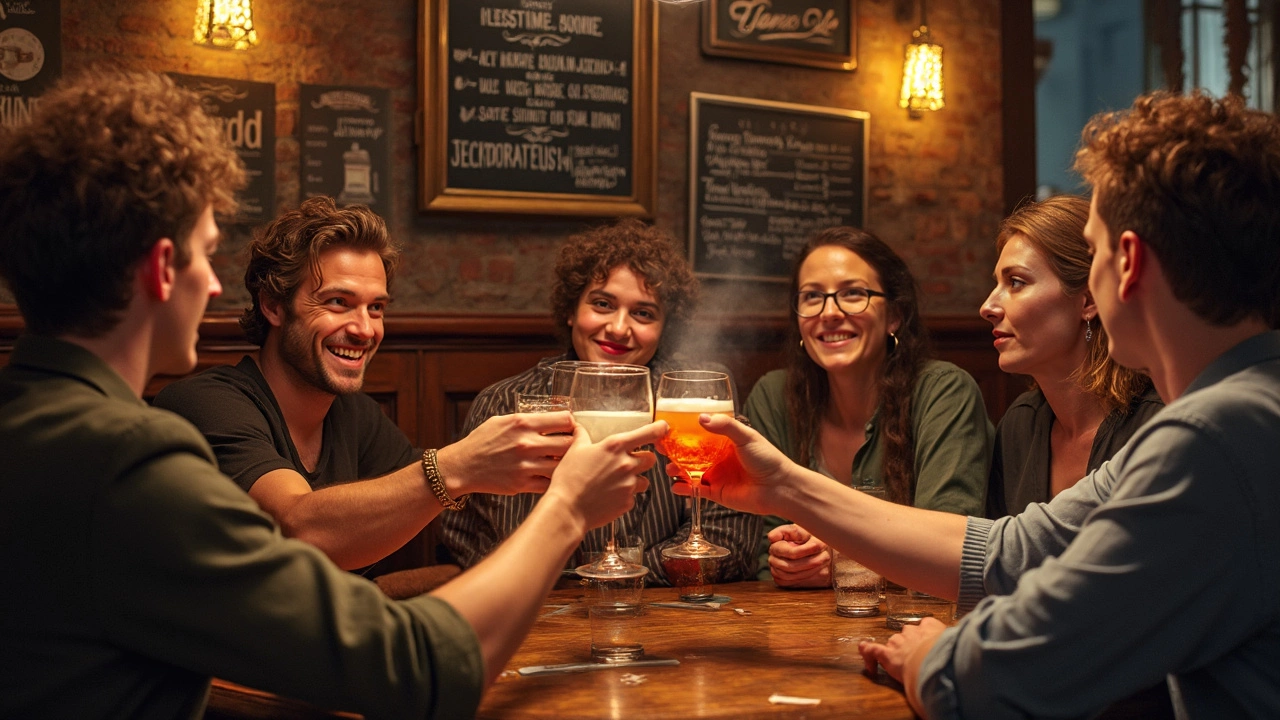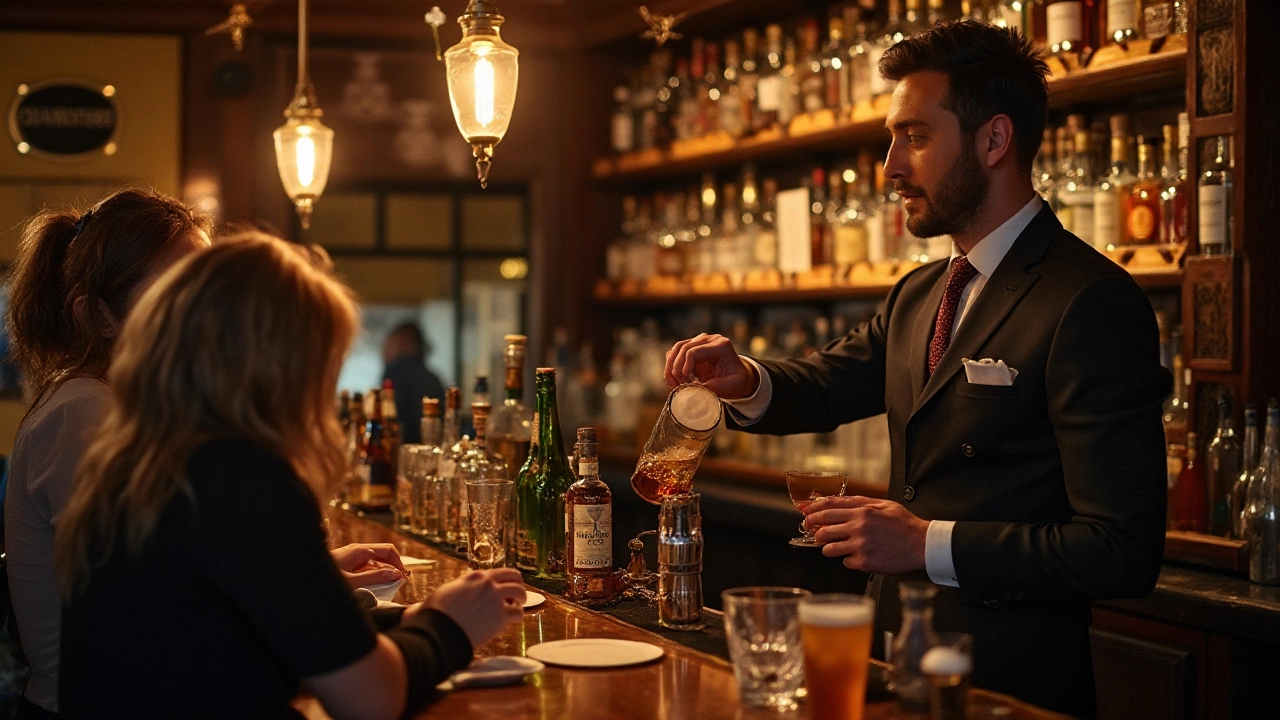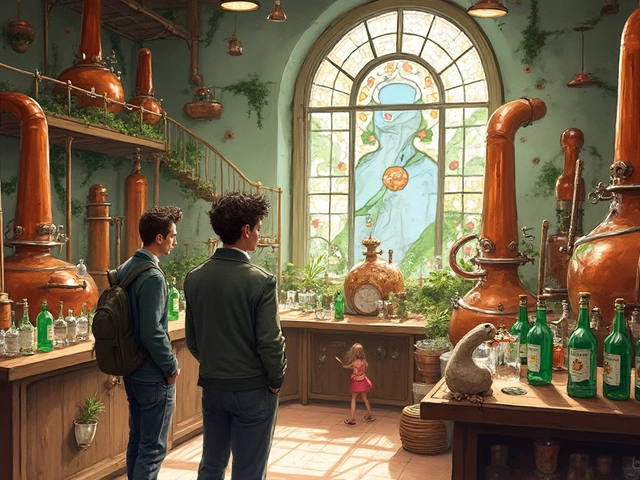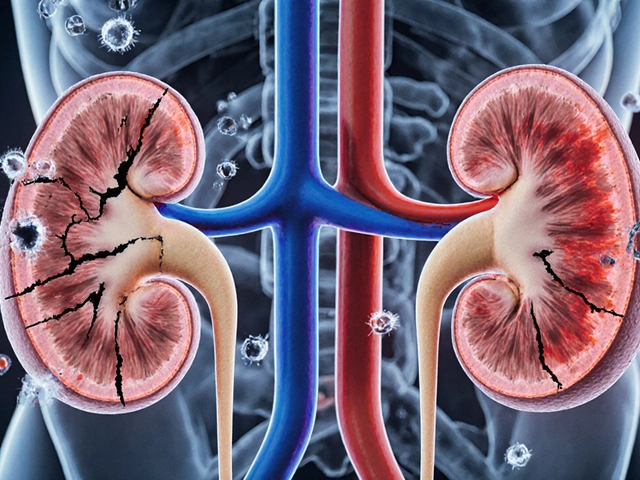Spirits Tasting Tips, Tricks & Must‑Try Drinks – Your Quick Guide
Ever wondered why a whisky can taste like chocolate while a gin feels bright and floral? It’s not magic – it’s the way you taste. Whether you’re new to spirits or have a few bottles on the shelf, a simple tasting routine can turn any sip into a learning moment.
How to Set Up Your Tasting
First, pick a quiet spot with good lighting. Bright light helps you see color, and a calm environment lets you focus on aroma. Use a clean, wide‑rimmed glass – a tulip or a Glencairn works great for whisky, while a highball works for vodka and gin.
Start with a small pour – about 30 ml. Swirl gently, then bring the glass to your nose. Take three short sniffs: first, a light inhale to catch the volatile top notes; second, a deeper sniff for the middle layer; third, a final sniff after a quick sip to see how the flavor evolves.
Don’t rush. Let the spirit sit for a minute after the first sip. This lets the alcohol evaporate a bit, revealing hidden flavors. Write down what you notice – sweet, smoky, spice, fruit – even if you can’t name the exact note.
Food Pairings That Sharpen Your Palate
What you eat before tasting can make a big difference. Light, neutral foods like plain crackers, mild cheese, or a few almonds keep your palate clean. If you’re doing a whisky tasting, try a small slice of orange or a few pieces of dark chocolate – the citrus brightens the smoke, while chocolate brings out the caramel.
For vodka, a clean palate works best. A slice of cucumber or a sip of sparkling water clears any lingering taste. When you move to gin, a tiny bite of celery or a thin cucumber slice highlights the botanicals without overwhelming them.
Remember to hydrate. A glass of still water between different spirits prevents flavor fatigue and keeps your senses sharp.
Now that you’ve set the scene, let’s look at a few quick tips for the most popular spirits.
Whisky: Look for a rich amber color, then note the first aroma – peat, oak, or fruit. Take a small sip, let it coat your tongue, and notice the finish. A good whisky will change flavor after the first 10 seconds.
Vodka: Quality vodka should be smooth, not harsh. If you taste a bite, the spirit likely needs more filtration. Try it neat first, then add a splash of your favorite mixer – citrus, tonic, or a splash of soda – to see how it holds up.
Gin: The key is the botanicals. A classic gin shows juniper first, then citrus and spice. If you can taste rosemary or lavender, you’ve got a more complex gin. Pair with a simple gin‑and‑tonic to let the flavors shine.
Rum: Light rum is clean and sweet, perfect for a splash of lime. Dark rum brings caramel, molasses, and spice – try it over a few ice cubes and notice the depth.
Finally, keep a notebook. Jotting down the brand, age, and your impressions builds a personal reference library. Over time you’ll spot patterns – maybe you prefer smoky whiskies or bright gins – and that insight guides future purchases.
With a clear setup, simple foods, and a few focused steps, you can turn any drinking session into a mini‑masterclass. Grab a bottle, pour a small glass, and enjoy the journey of flavors. Cheers to better tasting!
Ever wondered which spirit goes down the easiest and why? This article breaks down what makes a spirit 'smooth,' compares popular picks, and gives tips for finding your next easy sipper. You'll learn how production, age, and personal taste all play a role. Whether you're new to spirits or just tired of harsh drinks, there's something here to help you pour smarter (and smoother). Get ready for surprising picks, honest advice, and a few expert moves to turn even the roughest shot into an enjoyable sip.
View DetailsAre spirits really the way to get drunk the fastest, or is there more to the story? This article breaks down how high-proof alcohol actually works in your body, how it's different from beer and wine, and what really changes your level of drunkenness. You'll also get a few tips on handling tastings without going overboard. Expect straight talk, honest answers, and some surprising facts.
View DetailsCraving a drink that actually tastes good? This article jumps into what makes alcohol flavorful, which spirits top the taste charts, and practical ways to find your personal favorite. Using real examples and easy tips, this guide is all about enjoying the good stuff without second-guessing your choices. Explore how taste works and what to sip whether you're into smooth whiskey, bold rum, or something sweet. No fluff—just real talk and helpful info.
View DetailsHangovers are the bane of any night out. Finding the best hard liquor to help dodge the dreaded hangover involves considering factors like congener content and hydration. Opting for clear spirits, staying hydrated, and consuming alcohol in moderation can significantly lessen the aftereffects. Discover practical tips and useful insights to enjoy your night out without the next-day regrets.
View DetailsThe taste of alcohol isn't everyone's cup of tea, with many finding it unpleasant due to various biological and psychological factors. Our taste buds play a significant role in perceiving alcohol flavors, and individual experiences can differ widely based on genetics, previous encounters, and even mindset. Understanding the reasons behind this aversion helps in discovering approaches to find a drink you might enjoy. This guide offers insights and tips for those who don't naturally appreciate the taste of alcohol.
View DetailsExploring the world of spirits can be a daring adventure, especially when it comes to drinking high-proof liquor straight. Some drinks, known for their intense flavors and high alcohol content, are notorious even among seasoned fans. This article dives into the hardest liquors to drink neat, offering interesting facts and helpful tips for those brave enough to try. Find out what makes these spirits stand out and how to handle them with style.
View DetailsExploring the world of spirits, this article delves into the question of which alcoholic beverages may be healthier options when consumed in moderation. It looks into the different types of spirits, such as whiskey, vodka, and tequila, examining their potential benefits. Additionally, the article offers tips on enjoying these beverages in a responsible and health-conscious manner. It provides insights into what makes certain spirits potentially better choices while emphasizing the importance of moderation.
View Details







